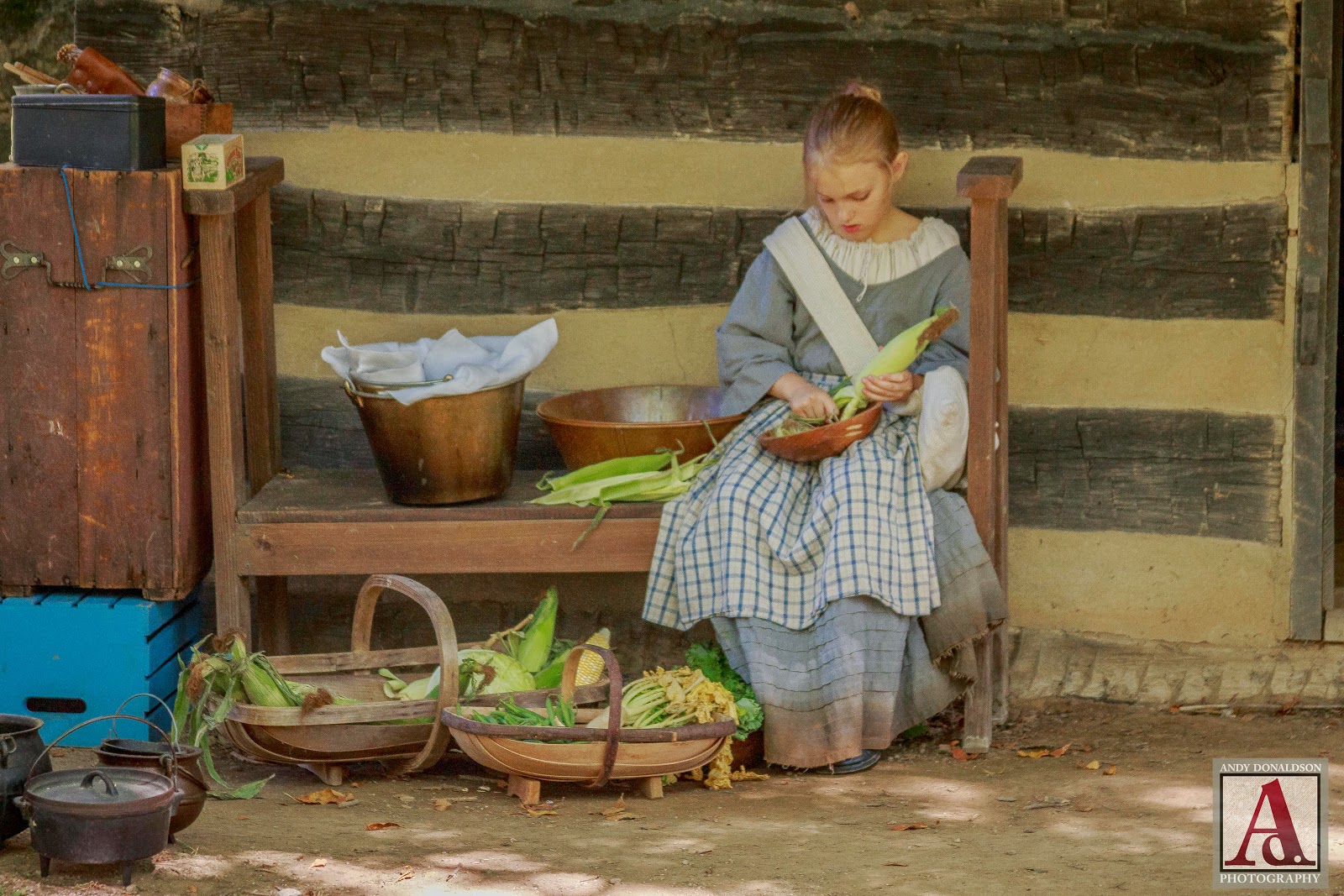I've been using Lightroom for the past several years now and I love it. I know each photographer has their own method for working on images, but for me Lightroom is where it's at! I've been asked a couple of times recently about "how" I use it. Lightroom gives photographers a lot of different ways to work but I've found this method works the best for me. To start off, I try to shoot in nothing else but RAW format. RAW is a great format to work in, especially with a tool like Lightroom because of ALL the different tools that become available to touch up images without loosing quality. But the downside with shooting in all RAW is that it does take up a lot of disk space. Each RAW image is usually 25MB in size so you can see how that can get out of hand quickly. But let's get down to what I do when working on images.
Organization
- Create a "base" folder. I use a Mac with external drives attached. So on the root of the big drive I have a folder call images.
- With the images folder, I create sub-directories for each year. 2012, 2013, 2014.
- Then within those year folders, I create an individual folder for each "thing" I shot. I always use the date format of YYYY-MM-DD description. That makes finding things SO much easier.
- I then dump all of the images off my SD card to the folder for that event.
- Once all the images are copied over, I open up Lightroom and create a new Catalog. I usually call it the same as the folder I've created. Ex:20141223ChristmasTree. Something descriptive that if I had to search my drives later for something I've shot, I can find it.
- Once Lightroom re-launches and is ready to go, I simply go up to File-Import Photos and Video. Then, I drill down to the images folder, the year, the date appropriate for the new catalog and then select it. All of the images will appear in the window selected. Select import.
- All of the images will then appear in the Library view. Now you're ready to develop!
Developing
- Working on images in Lightroom is where the fun is at. In Develop mode, let your creativity fly! There are really no steps or tips I can dive into here. Just enjoy and create!
- If you have used Lightroom presets, they are great place to start off your editing with. Lightroom comes with some base ones, but there are plenty available out there on the web that you can download and use. Your options are endless!
Exporting
- Now that you've created your masterpieces, it's time to save them out.
- From the filmstrip area, select all of the images you've edited.
- Once all selected, go up to File-Export. In this pop-up, you can select options for quality, watermarking, etc. Choose which options you wish.
- The biggest option in this window is where to save the edited images to. For me, I always find it easiest to save them out to an export folder off of the folder within that same folder structure that we created to create the images in.
- Once you have your options set, click Export. A folder called export will be created parent folder where all of the pictures were copied to. Keeps everything nice and organized for my purposes.
Backup!!!
Now that you've edited your images and saved them off, I'm sure the first thing on your mind is to share them with others. Well, hold up there, amigo! The next thing you should be concerned with is a backup strategy. My "day job" is working in the IT department of a local fortune 500. One of the biggest and most important tasks aside from keeping our systems up and running is making sure things get backed up nightly. Disaster recovery planning isn't just something that a large organization needs to worry about, it's also something that you should be concerned about too! I use an online backup from CrashPlan. It's affordable and works great. I rest much easier knowing that if anything were ever to happen to my files in the basement on my computer, they are out there for me to get back. Seriously, keep that in mind.
So there you have it! A front to back flow to my process. This works for me, it may not for you. However, it may give you an idea of a process to follow. The most important take away though is to remember to back things up! It could really save your bacon sometime!



















































